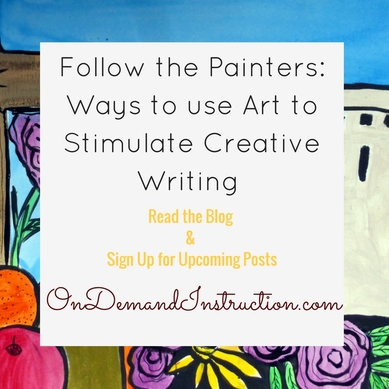
Creative writers come in all shapes and sizes. My friend Christy writes free verse poetry based on Norse mythological themes. Heather is composing a young adult novel on the fall of ancient civilizations. David has been drafting a series of creative essays similar to the This I Believe series. Cathleen creates coloring books that illustrate haiku poetry. We all seek out ways to express our inner creative spirits and advance the fluidity of inspiration.
Why do we need creativity? Creative activities offer us an avenue for stress relief, and feeling calmer cannot be overstated these days. Our modern lives are busier, more overwhelming, and less balanced than for any previous generation. Sure, we are not leaving our kids at home alone while we trudge off to the factory for a 16 hour day of filth and misery, but the expectations of work, kids, school, activities, lawn, professional development, and keeping up with our personal activities can do a creative person in. What does creativity do for us? Creativity, regardless of what the creative activity is, allows people into a state of productivity that energizes their inner selves. People express creativity in millions of different ways: writing, singing, playing an instrument, restoring old cars, gardening, crafting, sewing, woodworking, painting, drawing, pottery, photography, and the list could go on forever. People who engage in more than one type of creativity can use their creative pursuits to feed each other. When we run out of inspiration to write, switching to photography can rejuvenate the writing mojo. When we are creative, we let go of our immediate problems and become immersed in making something anew. How does creativity connect with flow? Creative activities do relieve stress because they put us into a state of flow. What is flow? Flow is the psychological state where a person involved in an activity is so immersed and focused in the action that they become totally engrossed, losing track of time and what is happening around them. Flow is energizing. Flow is therapeutic. Flow is healing. Flow is creative. Flow is where we come to create.
So, what does painting have to do with writing?
We live in a particularly visual time period. We learn by looking, understand by seeing, and comprehend by watching. Much of our entertainment is visually based, including television, film, painting, drawing, sculpture, and multimedia print art. Advertisements reach out to us with jarring visuals from magazines, billboards, and online. We are drawn to favorite colors, patterns, and textures in everything from hair color to fashion to interior decoration. What we see means something to us; what we see matters. As visual people, we consume what we see—figuratively, aesthetically, and literally. And as writers, we can work this to a weighty advantage. Whenever the writing bug hits, many of us will call into work sick and spend every waking moment (and some moments intended for sleep) writing until our fingers are chapped and swollen. Those inspirational moments when the muses place their hands upon our shoulders are rare and fleeting, but they are the days many of us tend to pine for. The writing process depends upon inspiration to allow for the right conditions for creative flow. But what do we do when the inspiration doesn’t come? What happens when we want to write but the ideas aren’t making themselves known? How can we force ourselves into a condition of creative flow? Use art. Use paintings. Use photography. This is where paintings come in to save us from those days of creative malaise. When you turn your sense of visual curiosity to paintings, great writing can result.
Spending time in a gallery or museum or just flipping through an art book at the library can be highly stimulating. Our visual senses can be heightened when we spend time looking at well-produced artwork. Paintings have inspired creatives to greatness. Willa Cather used a painting by Paul Powis to inspire her tale of Peter and Pavel in My Antonia. The characters were responsible for throwing a bride and groom to ravenous wolves en route following the wedding; they were subsequently banished and hated by their Russian village and wandered to Nebraska in shame.
Cather’s time gazing at the 1887 Sleigh With Trailing Wolves changed her perspective, altered her framework in such a way that she was able to create a tale of intrigue and suspense just from studying a painting. This is not a first. Cather named her novel The Song of the Lark for Aimé Louis Breton’s 1884 painting of the same title. Certainly, not all of us write with the same quality of Willa Cather but we can certainly take part in the inspiration that is to be had from enjoying visual art like paintings. What are activities around using paintings for inspiration? Visit art in person Of course the best possible method for enjoying artwork is to see it in person. I remember the first time that I saw a Van Gogh in person. It was at the Denver Art Museum in a traveling exhibit; the brush strokes, colors, and depth were completely different than what I had imagined by viewing the images on a computer screen or paper book. Seeing a painting in person is an experience in itself. If you have the opportunity to visit an art museum or gallery, bring along a writer’s notebook. Ask yourself questions about the painting if you need help getting started.
Use the painting as a visual link to a story that could be created. Give yourself time. The process may take more than a few minutes before the creativity starts to move. Visit art virtually Second best, but certainly still valuable, is to observe art in books or online websites. Yes, this does detract from the full sensory experience of seeing a painting, photograph, sculpture, or other piece in person, but I would rather spend virtual time with art than no time with art. If you have a library with a decent art section, head on in for an afternoon. Peruse the stacks of art books and stack up a few that appeal to you—any style, genre, artist, or method will work, and mixing it up can be particularly visually stimulating. Take your stack of beautiful books to a large comfortable library table and break out your writer’s notebook. Flip through the pages one by one and let your eyes guide you to a piece that stands out. If this piece inspires immediately, start right into brainstorming or writing. If a painting leads you in a direction but does not instantly lead you to a story or poem, then pose questions to ask about the art, its context, its style, and of course the visual complexity within it. Ready for an activity? If you are ready to pull out your favorite pen and start into a writing exercise, try this. Below are three paintings by Denver painter Colleen Hennessy. Ms. Hennessy is well known in the galleries as a prolific painter who loves Southwestern art, Hispanic themes, and documenting the human experience in sculpture, photography, and paint. She shows multiple times per year in Colorado, New Mexico, and surrounding states. Here are three of Hennessy’s paintings. Use these as immediate inspiration. What creative spark can you glean from her work in the moment? Even if you are able to jot down just a few words or images that come to mind, those may turn into a poem or story later on. Let the creative spirit guide you. Are you ready to write using art for inspiration?
Paint & Ink is a book and self-paced online course that supports creative writers through the writing process with the help of beautiful art. Denver painter Colleen Hennessy's paintings are featured throughout the book and course, which include 20 writing prompts and activities. Each activity is designed to stimulate creative thought, stress relief, and connect writers to new paths for stories. Paint & Ink contains prompts and activities around issues common to women creatives.
Related Blog PostsComments are closed.
|
About the SiteWelcome, Writers! Archives
September 2023
|
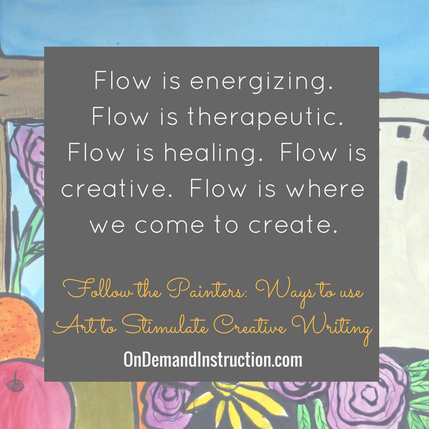
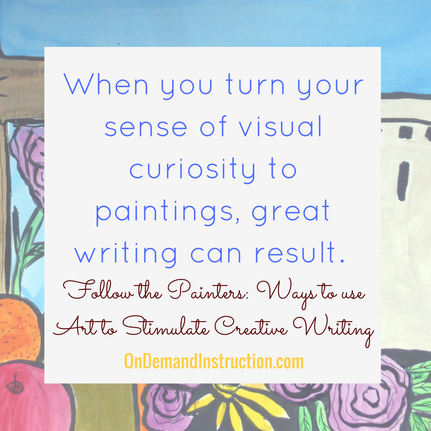
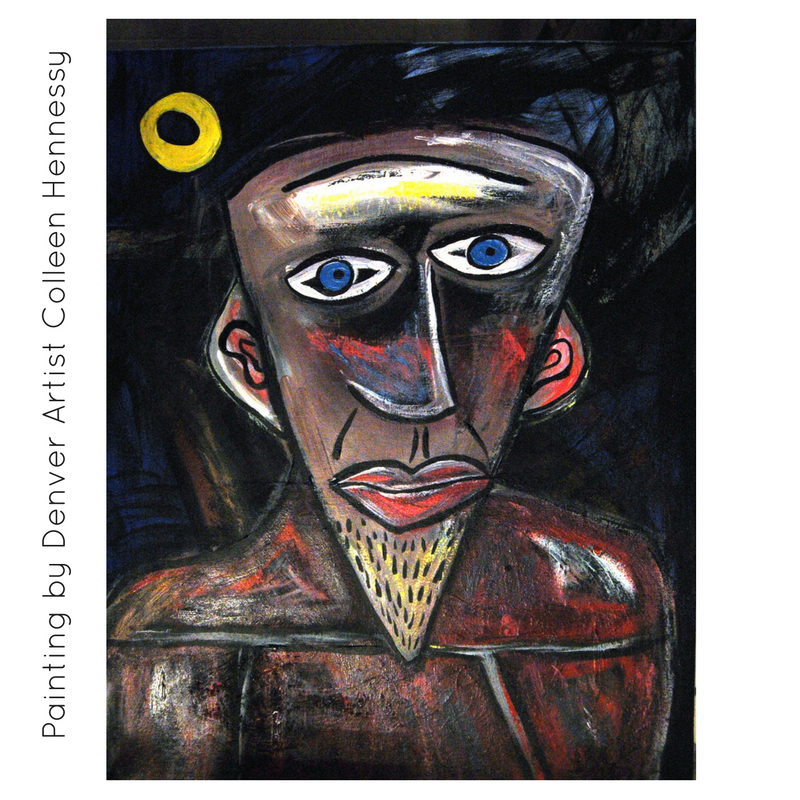
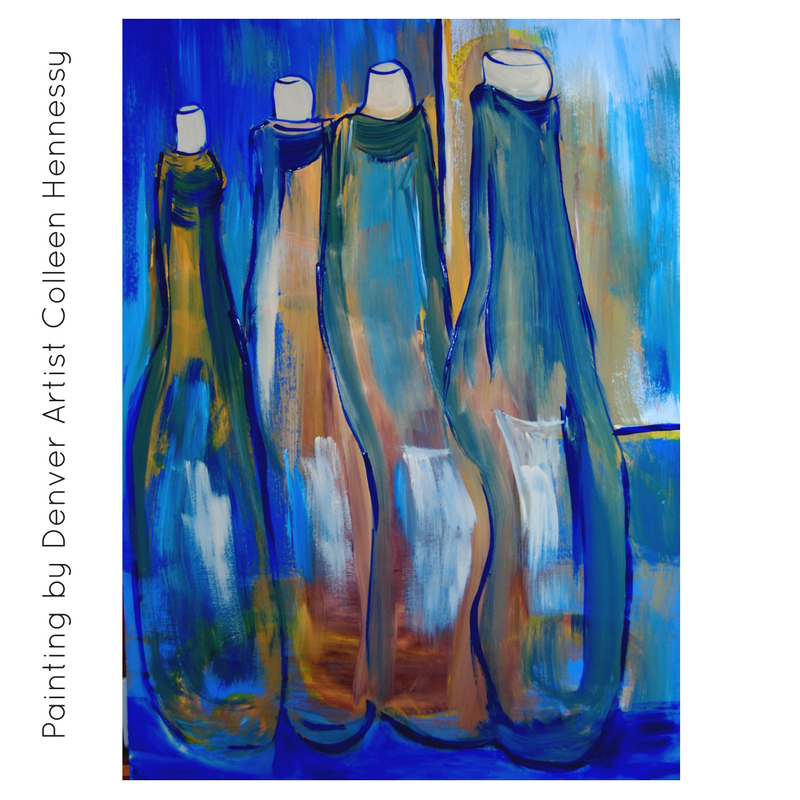
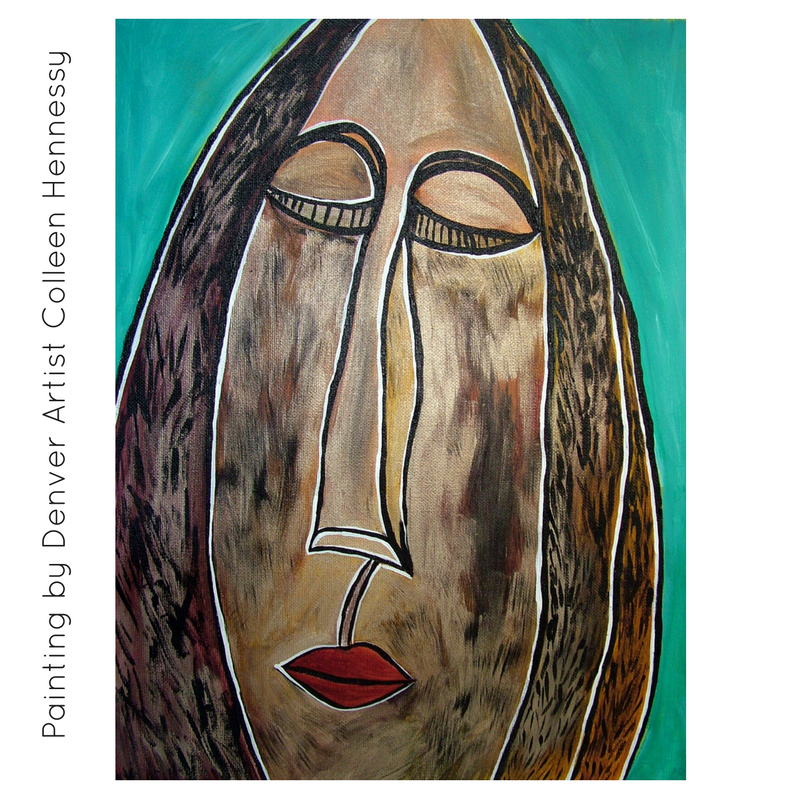
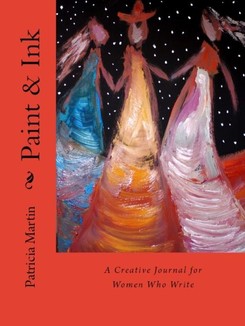
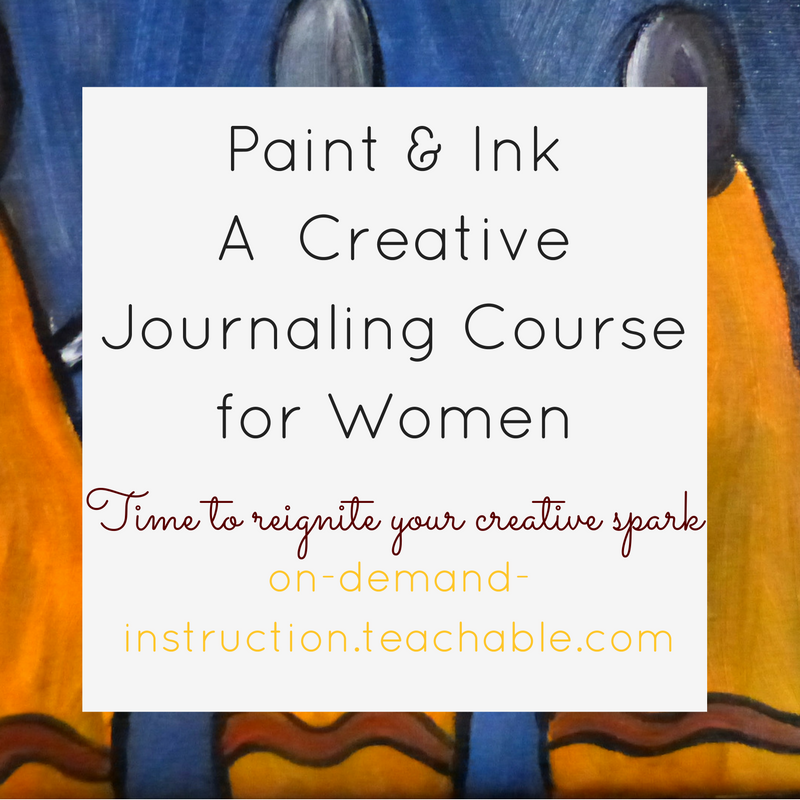
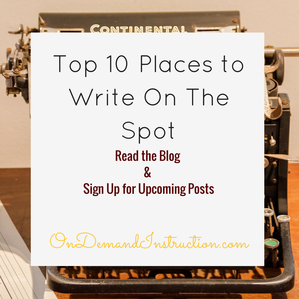
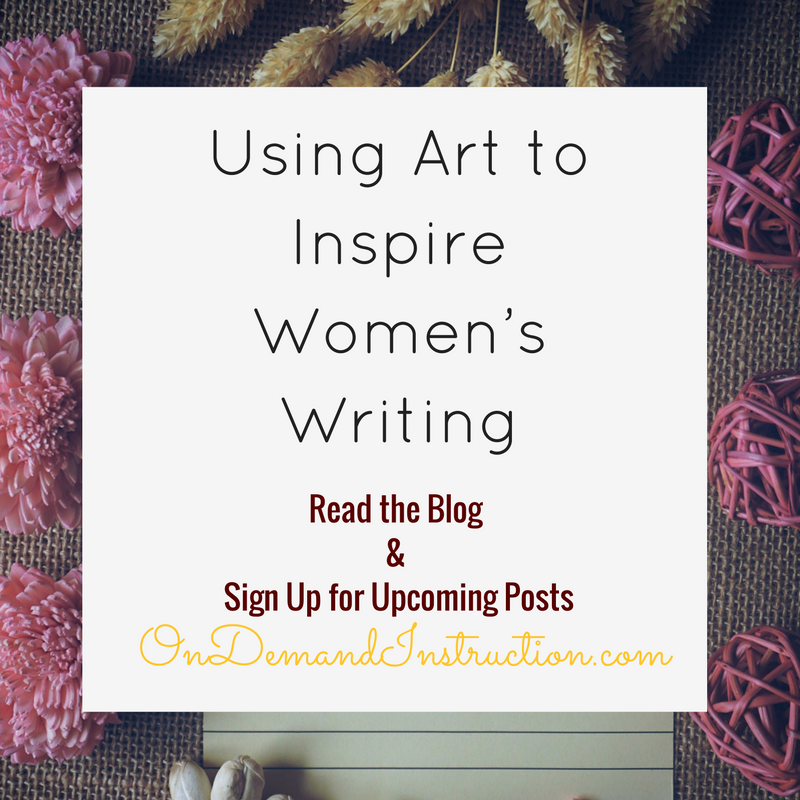
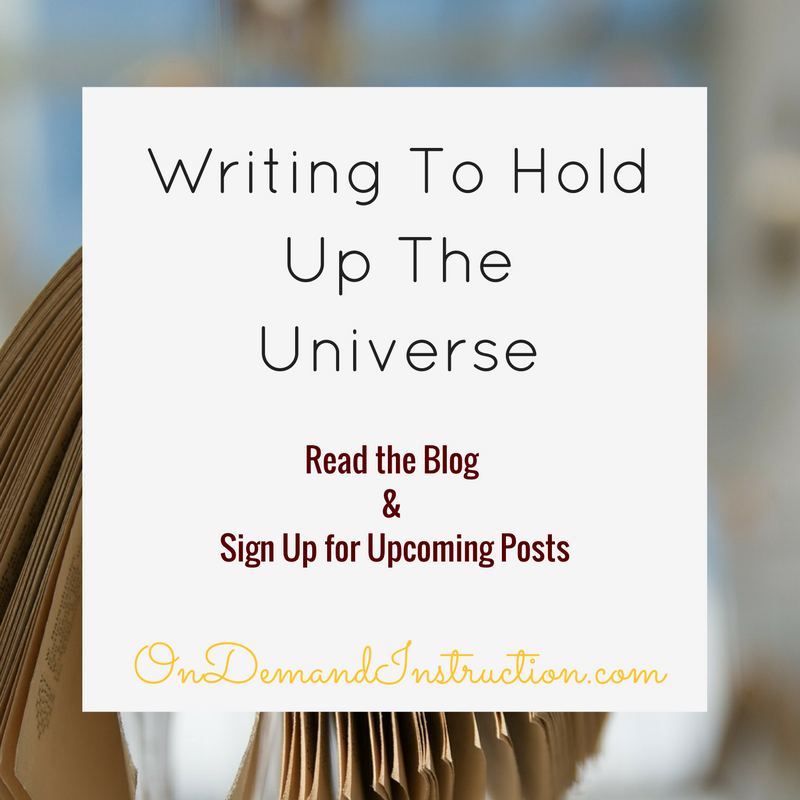
 RSS Feed
RSS Feed